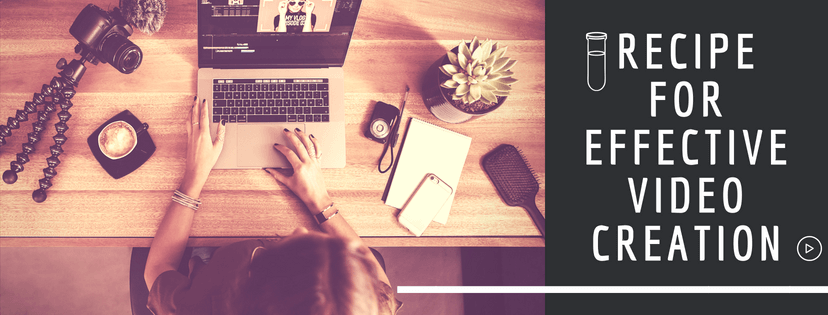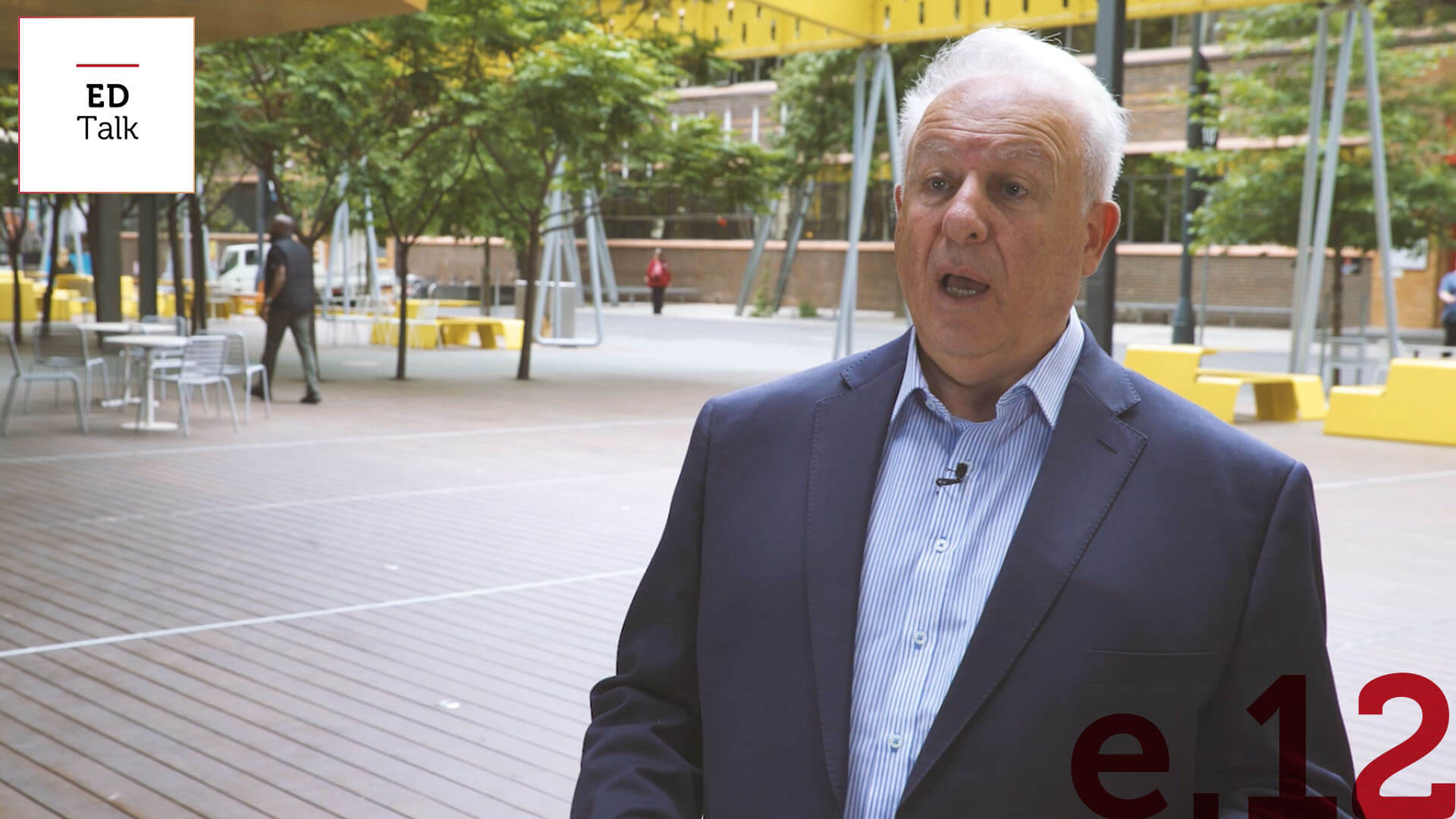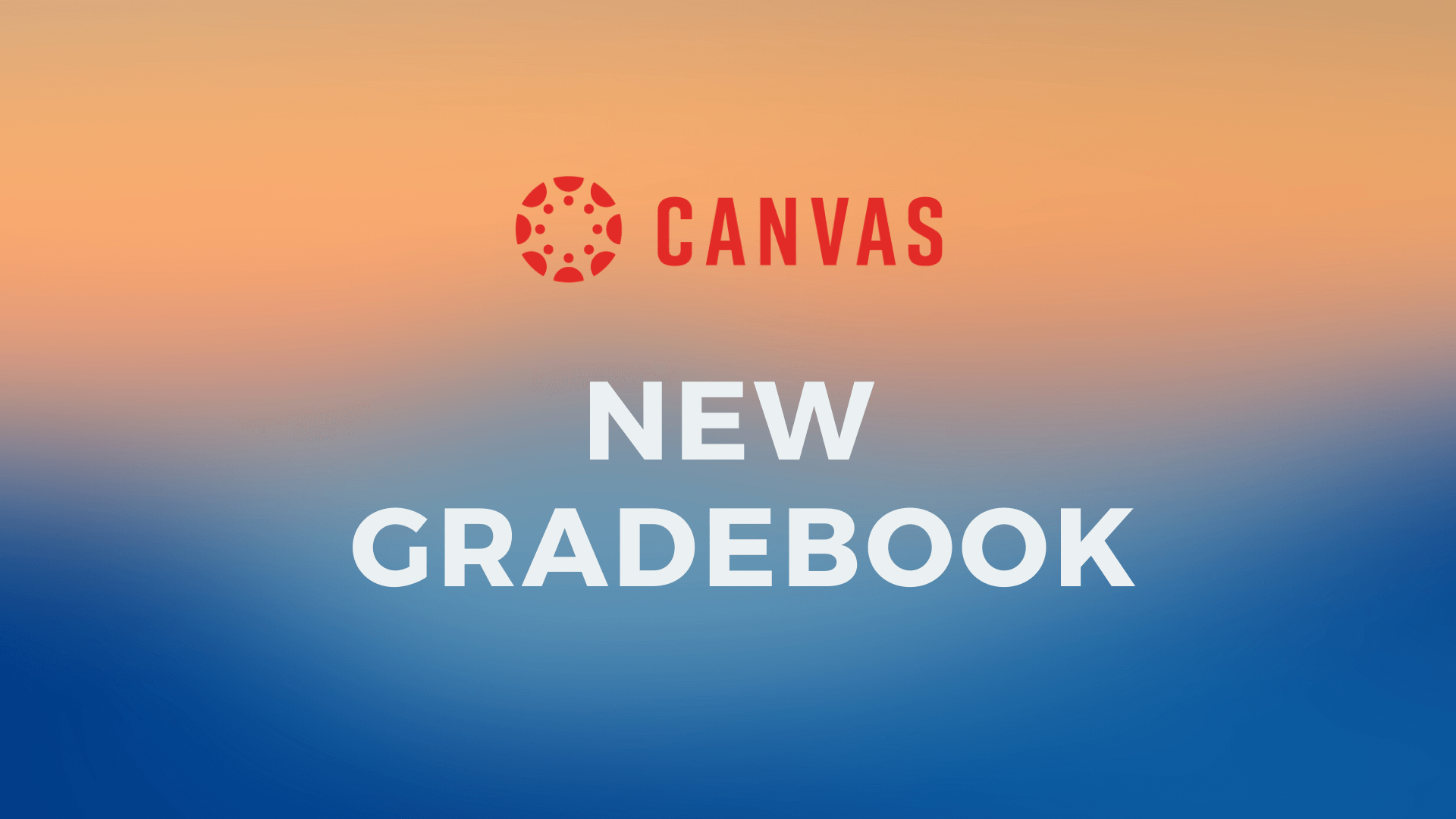
Regardless of the topic or subject matter, a poorly designed video piece will suffer from poor engagement, and if your audience isn’t engaging with your content then you’d struggle to answer the question ‘what was the point in pressing record in the first place?’
Koumi (2014) developed a formula or structure to ensure effective implementation of video in higher education. It’s a fluid approach that includes a hook, signpost, facilitation of attentive viewing, enabling of constructive learning, allowing time to reflect, clarify, reinforce and finally conclude. It is assumed that following these steps will ensure engagement with the content will go beyond just viewing and will create impactful and constructive viewing.



If content is king, then context is god
This recipe or formula has no specific measurements or (unless stated) order in which to add, and some of them will be subconsciously created in the formation of scripts and the like. But it’s worth keeping in mind in order to create great educational video resources.
Koumi 2014, Guidelines for pedagogic video design and production, viewed 10 May 2018, http://jackkoumi.co.uk/gfp-video-production.pdf
Woolfitt 2015, The effective use of video in higher education, viewed 10 May 2018, https://www.inholland.nl/media/10230/the-effective-use-of-video-in-higher-education-woolfitt-october-2015.pdf



